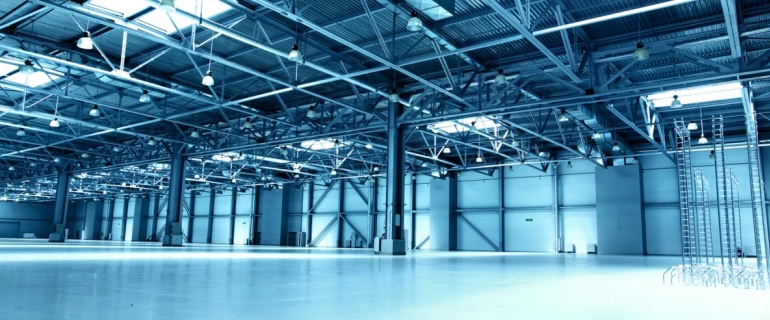When a company wants to build a new building for industrial use, it would typically start with the real estate manager and the supply chain manager meeting with the C suite to fund the project.
During the pandemic they might well have gotten what they wanted. But now these executives are likely leaving that meeting empty-handed. The C suite mantra to these and many other requests is to avoid committing capital as much as possible. ‘Come back with a plan B,’ they are told.
Jake Fraker, Global Head of Industrial & Logistics Capital Markets for Newmark, relayed this hypothetical example during a webinar held by GlobeSt.com last week and sponsored by JLL Technologies. It was a telling illustration of the state of demand for industrial product at the moment. The demand is there, clearly, but current financial conditions have made decision makers cautious about investing in both assets and additional space.
“No one is building new buildings if they can get by with a slight delay,” Fraker said.
Newmark stats on third quarter activity also demonstrate this trend. Nationally, absorption measured 47 million square feet for the quarter, a solid if muted demand, Newmark said, with the volume approximately 15 million square feet less than 2019’s quarterly average net absorption.
“The signs of this cautiousness are everywhere,” Fraker said. “We are seeing careful controls on new supplies. There are a few places where there might be an oversupply but then the developers slow down or the lending partners slow it down.”
That said, this current state of demand is not even remotely reflective of the wave of activity that experts expect in the future for the industrial class.
E-commerce-generated demand continues, according to participant Alex Motiuk, director of acquisitions for Greek Real Estate Partners. Couple that with other trends emerging in the marketplace, such as the growth of onshoring and nearshoring, the increasingly globalized nature of supply chains and the rise of secondary markets in these strategies and experts are quite confident that industrial will continue to be a top asset class for commercial real estate.
During the pandemic, the sensitivity of global supply chains became painfully apparent to all parties in this sector and the memories of empty store shelves that often resulted from a sudden change in consumer behavior – think back to the run on toilet paper when it became apparent how serious COVID-19 was – have not been forgotten.
“The global supply chain is completely intertwined with the logistics sector,” Fraker said.
Even despite the current focus on costs, many companies continue to lease additional distribution space than they typically need to ensure their supply chains continue to flow smoothly – a trend that is expected to continue into the future.
“We have seen much higher inventory volumes, a lot more inventory to manage,” said Motiuk. “Tenants are now much more methodological and try to get ahead of requirements. At the same time, U.S. companies and foreign companies that serve the U.S. markets have recognized that global supply chains are vulnerable to geopolitical risk.”
Hence the rise of onshoring and nearshoring. To be sure, these trends have been long standing ones driven by complex factors. But they have lately achieved a heightened status thanks to certain U.S. legislation such as the CHIPS Act and the Inflation Reduction Act, which have encouraged manufacturing on U.S. soil. Other companies, recognizing that China has become an increasingly unstable partner due to political concerns, are migrating operations to Mexico. Nearby industrial facilities in the U.S. are subsequently benefiting from a huge boom in demand. Indeed, in the third quarter, secondary markets absorbed an increasingly larger share of demand, Newmark reported.
“There has been a big explosion in development in Texas and Arizona,” Conrad Madsen III, co-founder of Paladin Partners and another participant in the webinar, said. “Institutional capital never was interested in those markets before but now it is flowing heavily.”
“Global investors are all familiar with the key supply chain markets, such as Memphis Tenn., or Louisville, Ky.,” Fraker said. “We have a project in El Paso and it is getting a lot of attention from institutional investors. That is because El Paso is where onshoring meets nearshoring. El Paso is just one example, though. Today, many secondary markets are showing up on investment committees’ agenda as they eye expected future demand.”
Source: GlobeSt





